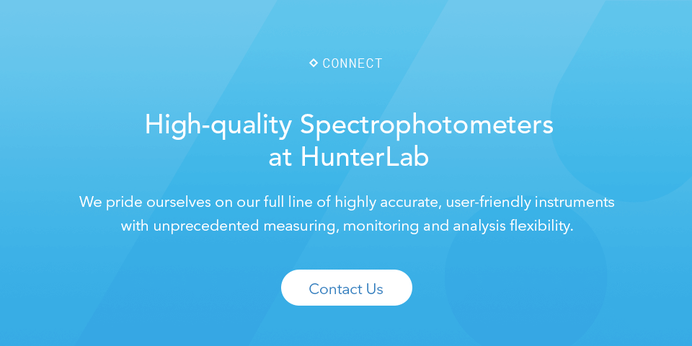
Monitoring chromium in leather and leather tanning wastewater is essential for preserving environmental and human health. Image Source: Pexels user Jay Mantri
The manufacture of everyday objects and materials relies on a variety of substances whose use may have serious health consequences if not properly contained. In the leather tanning industry, chromium is one of the primary elements that must be accounted for in order to preserve environmental and public health. Currently, 90% of global leather manufacturing relies on chrome-tanning owing to its stabilizing properties, allowing leather to resist microbial degradation as well as temperature variation, sweat exposure, and other environmental stressors.
However, only 20% of the material can be converted into leather while 25% becomes waste, primarily introduced into wastewater. Left untreated, this wastewater can cause significant damage to human health and the environment. As such monitoring chromium is necessary to ensure the safety of both the leather itself and leather tanning effluent to protect people, ecosystems, water supply, and agricultural land from unsafe levels of chromium exposure while also meeting local regulations.1
Unfortunately, traditional methods of chromium determination, such as graphic furnace atomic absorption spectrometry and flame atomic absorption spectrometry are time-consuming and destructive, requiring extensive sample preparation. In order to develop a more rapid, reliable, and user-friendly chromium determination method, researchers are turning to UV-Vis spectrophotometry.

Chromium-containing wastewater can wreak havoc on agricultural lands and introduce the toxic material into the food supply. Image Source: Pexels user McDobbie Hu



